Putting, often referred to as the “game within the game,” is where the rubber meets the road on the golf course. A single putt can be the difference between victory and defeat. In this blog, we’ll take a comprehensive journey into the world of putting, exploring the intricacies of green reading, stroke precision, and the mental aspect that separates the great putters from the rest. We’re going to show you how to make more putts.
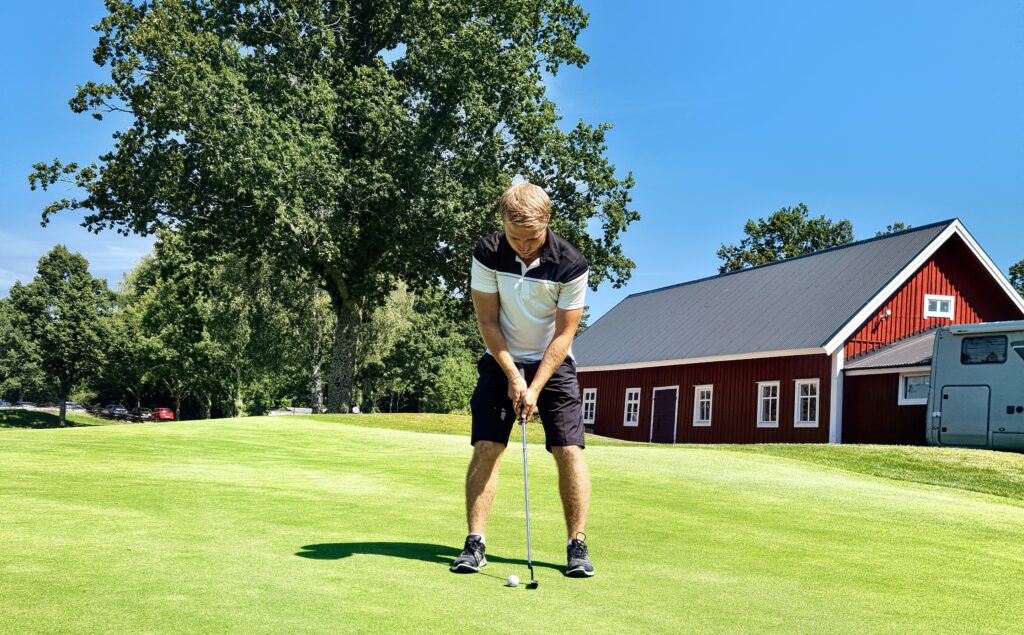
Green Reading: Deciphering the Language of the Green
Terrain Analysis: Before you even approach the green, study the surrounding terrain. Gary Player famously advised, “Practice distance control and trust your instinct. Most amateurs overthink putts. You have to feel the speed and distance in your gut.” Look for slopes, ridges, and any subtle breaks that might affect the putt’s path.

Grain Observation: The direction of the grass grain can influence how the ball rolls. As Ben Crenshaw wisely pointed out, “I’m a big believer in letting the terrain dictate the line. The green will tell you where the ball needs to go. Sometimes, it’s not the obvious line that works.” Observe the grass closely to discern whether it’s against or with the grain.
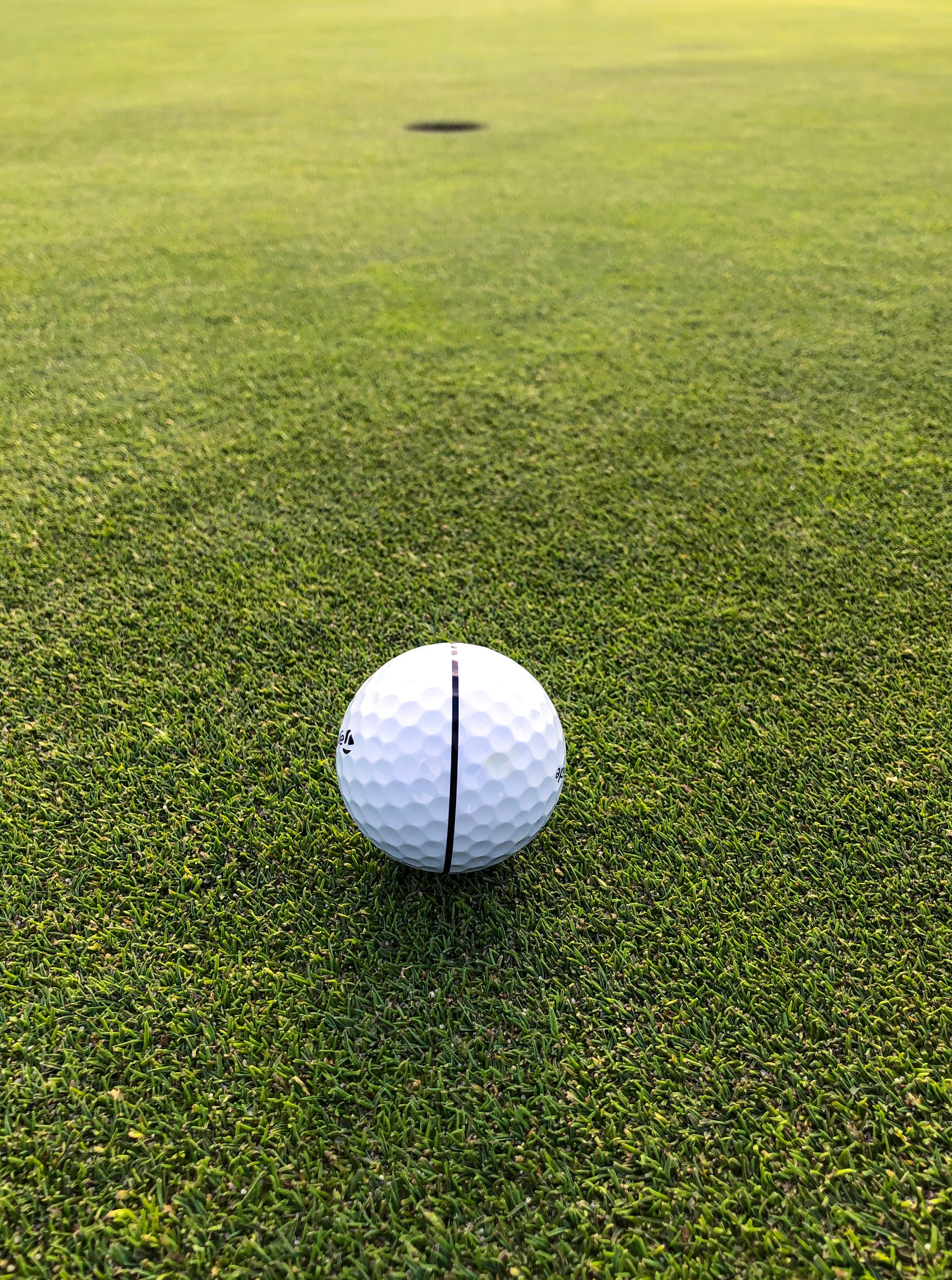
Shadows and Sun: The play of sunlight and shadows on the green can reveal hidden slopes and breaks that may not be immediately apparent. Embrace the insight provided by these natural cues, as Arnold Palmer noted, “Putting is like wisdom. Partly a natural gift and partly the accumulation of experience. It is never learned fast enough.”
Aiming Point and Visualization: Painting the Path to Success
Finding the Break: Stand behind the ball and the hole to visualize the putt’s path. As Jack Nicklaus suggested, “Don’t be afraid to aim high. Most people’s putting problems are caused by not being confident enough in their line or not giving the putt enough chance to break.” Determine the general direction of the break and the amount it will influence the putt.
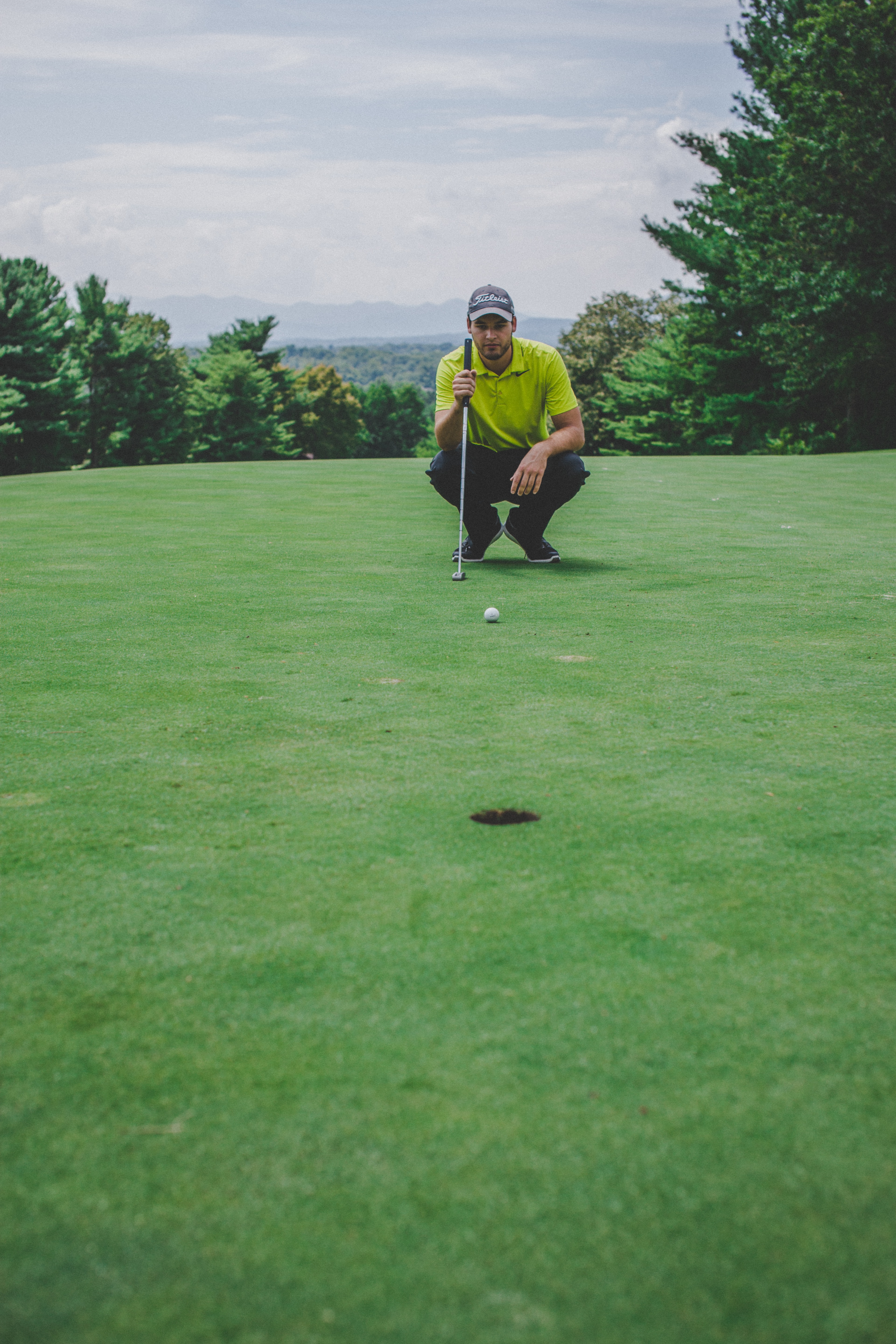
Creating the Line: Imagine a water flow from your ball to the hole. Where would the water naturally flow? Annika Sörenstam added her insight, saying, “Look at the big picture. Read the putt from different angles. Sometimes what you see from behind the hole is very different from what you see from behind the ball.”
Stroke Precision and Control: Executing the Perfect Putt
The Perfect Setup: Your stance, grip, and posture are crucial. As you address the ball, recall Tiger Woods’ advice: “Feel vs. Real – sometimes, the putt might not look like it’s breaking much, but you have to trust your feel. Green-reading is an art; it’s about sensing the subtle slopes.”
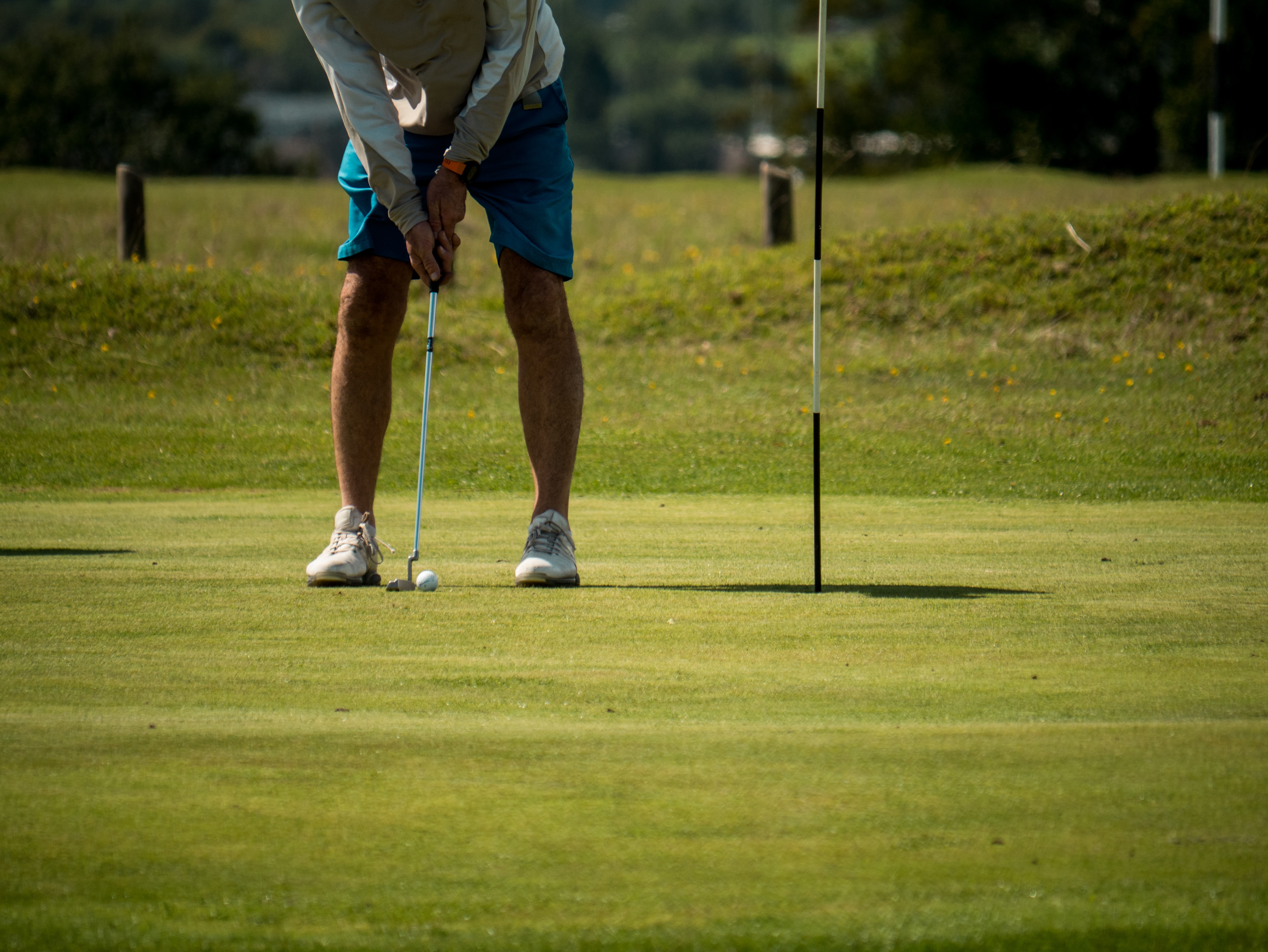
Distance Control: Controlling the speed of the putt is paramount. Whether uphill or downhill, apply the right amount of force to match the slope. As legendary golf instructor Harvey Penick eloquently stated, “A common mistake is thinking about how far to take the putter back rather than how far to swing it through.”
Mental Resilience: The mind plays a pivotal role in putting. Arnold Palmer’s words ring true here, “Putting is like wisdom. Partly a natural gift and partly the accumulation of experience.” Stay focused, trust your instincts, and commit to your decisions.
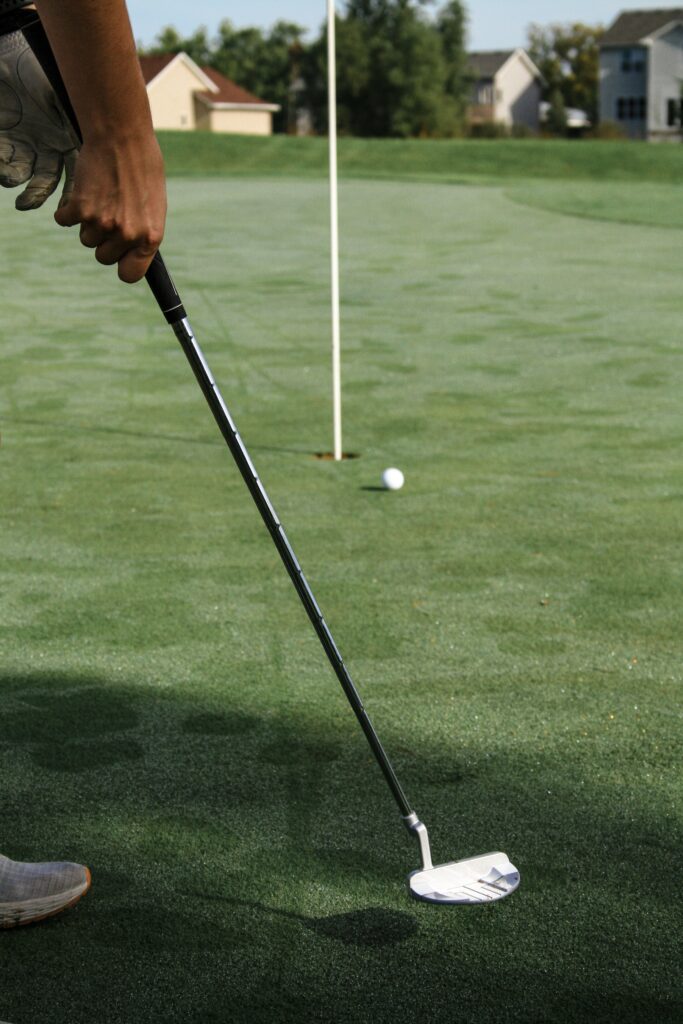
Putting is more than a technical skill; it’s an art form that requires keen observation, delicate touch, and mental fortitude. By understanding the language of the green, visualizing the break, and executing precise strokes, you’ll unlock the secrets to sinking putts with confidence and consistency. As Gary Player reminds us, “You have to feel the speed and distance in your gut.” With practice and a deep understanding of the green’s nuances, you’ll stand poised to conquer the greens and make each putt a stroke of mastery.





